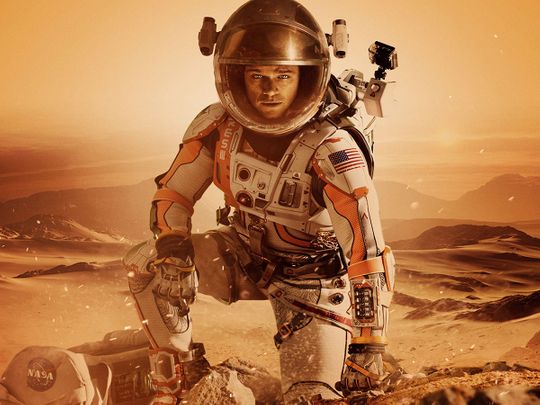
Space, the final frontier… The trademark opening line of ‘Star Trek’ perfectly sums up the voyages of mankind’s exploration of the cosmos.
Hollywood has long traversed the far depths of its resources to bring these expeditions on screen in a multitude of settings, with space odysseys such as the one mentioned above, along with ‘Star Wars’, ‘The Expanse’ and films that include ‘Gravity’ and ‘Interstellar’, which have defied the parameters of human imagination.
As the Emirates Mars Mission reaches a pivotal stage in its journey on February 9 with the Hope Probe’s Mars Orbital Insertion, the UAE’s landmark undertaking is just a small step for mankind and perhaps Hollywood’s imagination as well.
Space exploration in cinema

Hollywood’s fascination with sci-fi films can be traced back to Georges Melies’ ‘Le Voyage dans la Lune’ (1902), which drew heavily from Jules Verne’s novel, ‘From the Earth to the Moon’, while also taking liberties from H.G Wells’ ‘The First Men in the Moon’. And even though Hollywood has come a long way from its primitive vision of employing a giant cannon to launch a spacecraft for a lunar mission, the film’s ability to reach for the stars on celluloid was far beyond what anyone could have fathomed at the time.
Hollywood’s affair with the red planet would take another 10 years or so before a four-minute short film, unimaginatively titled ‘A Trip to Mars’, released in 1910. The film, according to online folklore, starred a professor who sprinkles antigravity powder to float to Mars. Wikipedia also has a brief history on the film’s cartoonish plot that includes details of the professor’s journey where he encounters ‘aggressive trees and a giant creature. The creature then sends him back to Earth, but the powder spills and the whole laboratory flies in the sky’. The end.
Such simplistic plots perhaps worked well during Hollywood’s silent era, where sci-fi films offered much more of a visionary canvas to play with, albeit with muted undertones.
The Russians, who would later enter the space race with the US, released one of the first feature length films on space exploration in 1924 called ‘Aelita’ or ‘Aelita: Queen of Mars’ in several references.
Based on Alexei Tolstoy’s 1923 novel of the same name, the film was set in post-war Soviet Union, narrating the story of an engineer who travels to Mars in a spacecraft and leads an uprising on the red planet with the support of Queen Aelita who rules Mars. The fact that the film’s plot had distinct undertones of the Russian Revolution that ended in 1923 was not lost on anyone.
While the film reportedly fell out of favour with the Soviet Union at the time, it did find an audience in the US in 1929 as ‘Aelita: Revolt of the Robots’.
Space and superheroes
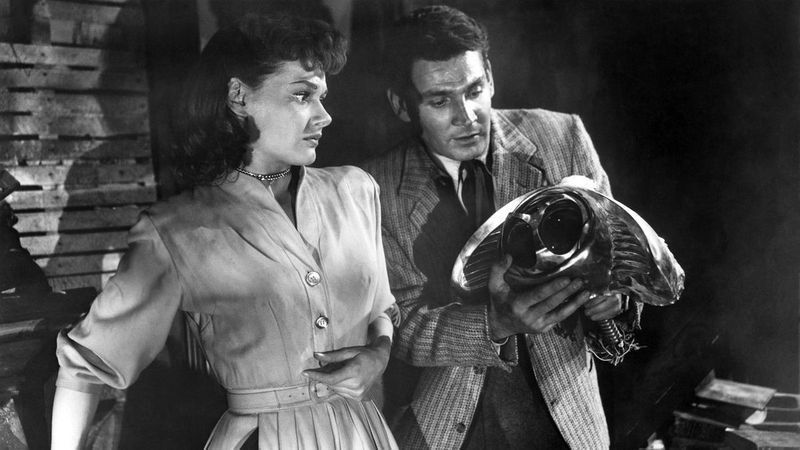
With the Great Depression of 1929 sending the world into free fall, cinema became an escapist adventure reflecting largely in its far-fetched Hollywood productions. Comic book superheroes such as Flash Gordon would fly in to save the day, while ray guns, intergalactic travel and alien intruders wove fantasy into much of film.
It would be safe to say that this was the era that perhaps laid the foundation for the juggernaut that is the Marvel Cinematic Universe and DC Universe that has exploded on celluloid over the past decade or so. There may not have been any Avengers to assemble, of the Justice League to save mankind, but Fleischer Studio’s animated Superman often doubled as war propaganda in the lead up to the Second World War.
A golden era for sci-fi adventures on screen rolled around in the 50s and 60s, giving rise to odysseys that would either be competing in the space race against the Russians. Meanwhile, the Roswell, New Mexico ‘UFO’ crash of 1947 was just the fuel Hollywood needed to weave a war of the worlds front and centre into its plotline. ‘The Day the Earth Stood Still’ (1951), directed by Robert Wise, and Howard Hawks’ ‘The Thing from Another World’ (1951) and George Pal’s ‘The War of the Worlds’ (1953), which was based on H.G. Wells’ eponymous novel, are perfect examples of this.
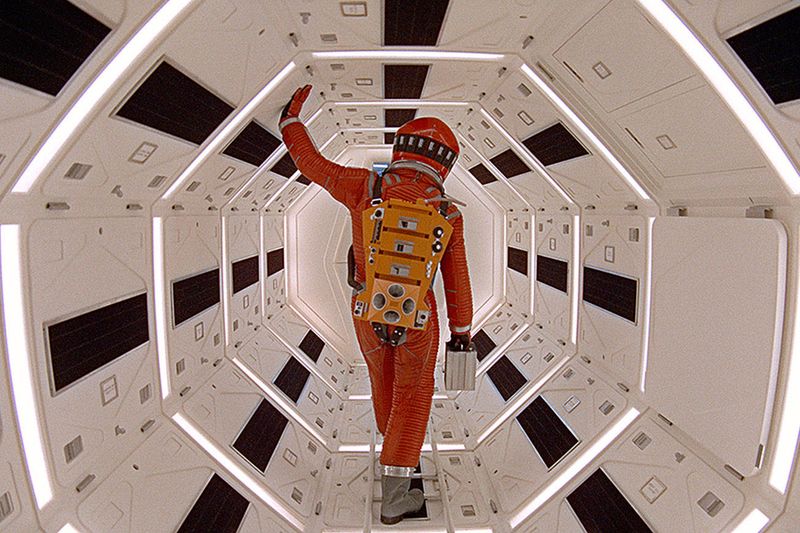
The 1960s saw the vision of one the greatest sci-fi films with Stanley Kubrick’s ‘2001: A Space Odyssey’ (1968). Celebrated filmmaker Steven Spielberg, once called 2001 ‘the big bang of science-fiction’, and he wouldn’t be too far off the mark. Kubrick’s directorial was well ahead of its time, with ground-breaking graphics and special effects that laid the foundation for big budget Hollywood to swoop in and fine tune its way towards the tentpoles we see today.
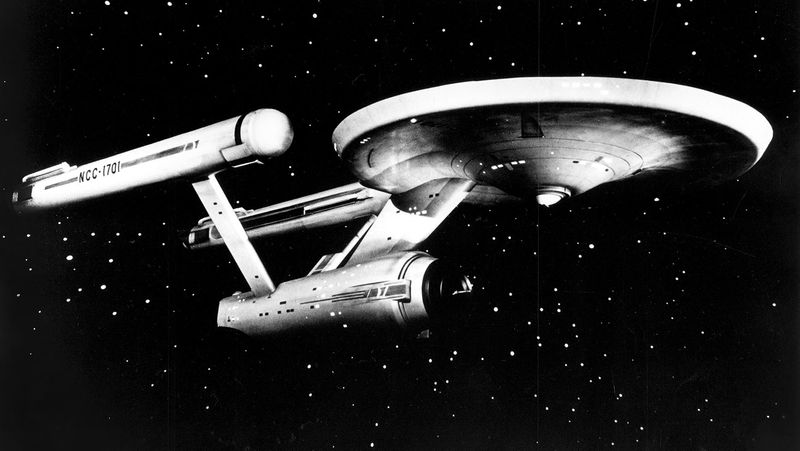
Elsewhere, television was also upping its game by launching into space with the production of arguably the greatest TV show in the genre — ‘Star Trek: The Original Series’. Premiering on September 8, 1966, the show followed the voyages of the starship USS Enterprise “to explore strange new worlds, to seek out new life and new civilisations, to boldly go where no man has gone before”.
The cult status the show commands even today has resulted in nine spin-off television series, a film franchise and the birth of the Klingon alien language that ‘Trekkies’ adopt even today.
Hollywood boldly goes into the beyond
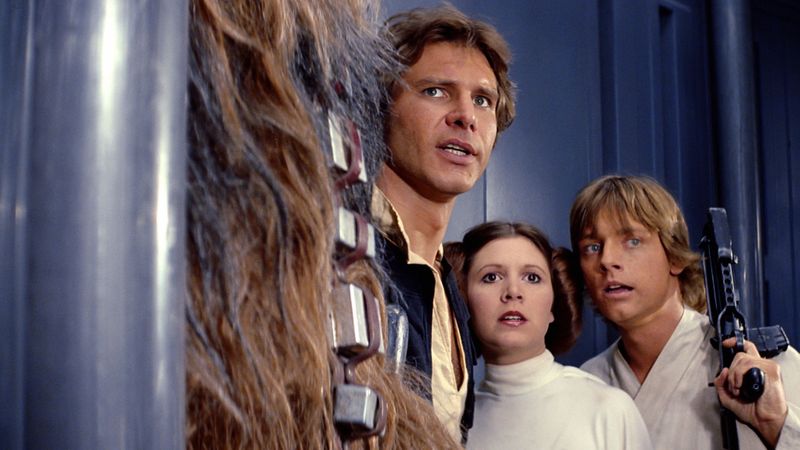
It would be another 11 years since ‘Star Trek’s’ voyages before a man named George Lucas would use his vision to launch an adventure into space with the ‘Star Wars’ film franchise. ‘Star Wars: Episode IV – A New Hope’ was Lucas’ space-opera into a world that few had dreamed of. The juggernaut still stands today, after countless films, anthologies, animated adventures and TV shows that continue to draw in generations of fans.
Lucas’ close pal Spielberg launched his landmark movie, ‘Close Encounters of the Third Kind’ that same year, and while the first-contact film remains a classic even today, it was perhaps overshadowed by the ‘Star Wars’ intergalactic popcorn adventures that Hollywood and the box office truly loves.
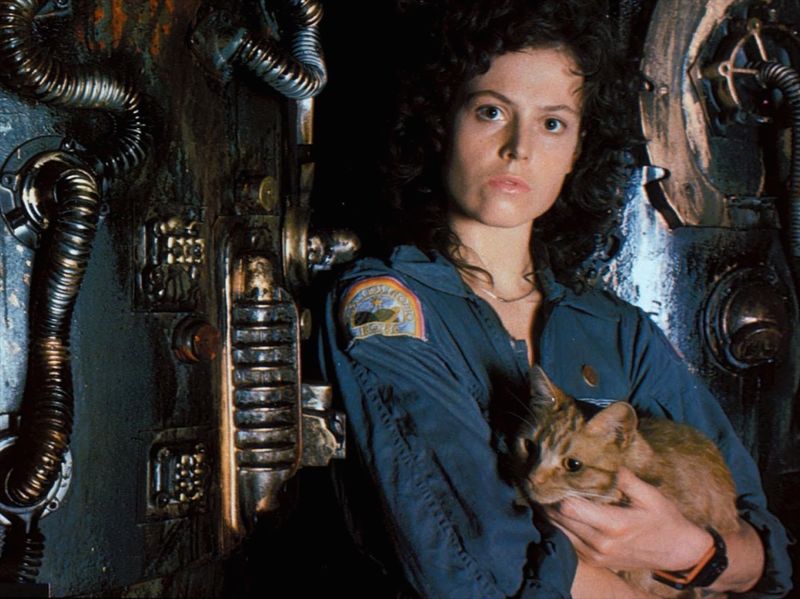
The genre continued to explode with the onset of special effects and big budgets, with Ridley Scott’s ‘Alien’ franchise that kicked off in 1979, followed by Spielberg’s ‘E.T. the Extraterrestrial’ in 1982. Interestingly, celebrated Indian filmmaker Satyajit Ray had also planned a sci-fi adventure called ‘Alien’, which saw a young child befriend an extraterrestrial being. Film folklore states Ray firmly believed Spielberg stole his idea for ‘E.T.’, which the latter firmly denied. Interestingly, a similar plotline was also adapted by Rakesh Roshan for his 2003 film, ‘Koi... Mil Gaya’, starring his son Hrithik Roshan.
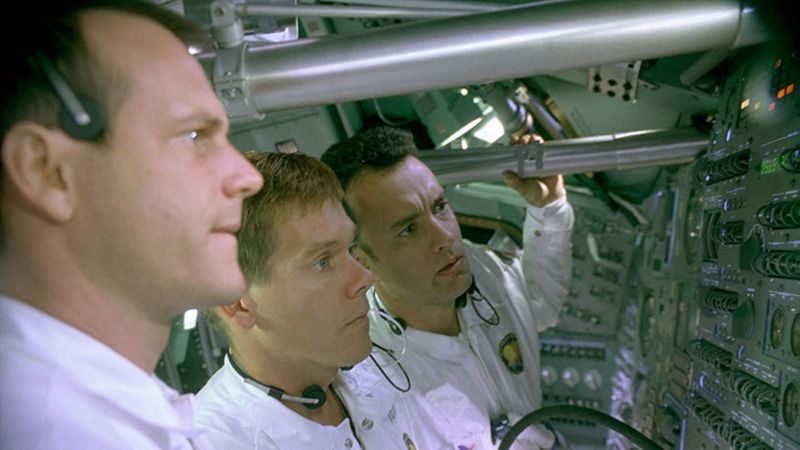
With the depth of imagination widening the scope of space exploration and sci-fi, individualistic stories of survival and mankind’s existence was brought into focus. Films such as the 1995 docudrama ‘Apollo 13’, starring Tom Hanks, focused on three men’s struggle to return home safely after a lunar mission goes wrong, while ‘Gravity’ (2013), starring Sandra Bullock and George Clooney’, followed American astronauts stranded in space. Filmmaker Christopher Nolan’s ‘Interstellar’ (2014), Ridley Scott’s ‘The Martian’ (2015) and ‘First Man’ (2018) have followed in similar vein with their survival stories.
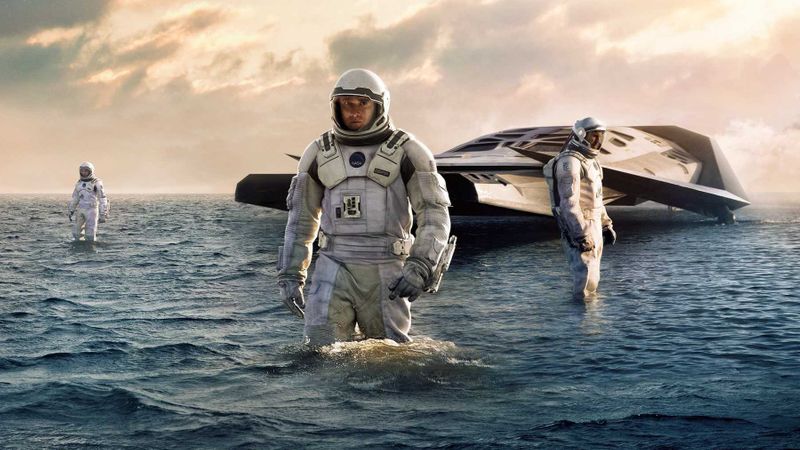
A new decade will no doubt see Hollywood embark on a fresh journey through space on screen, and it is safe to say that if past attempts on celluloid are anything to go by, we had better buckle up for a new kind of adventure into the beyond.









